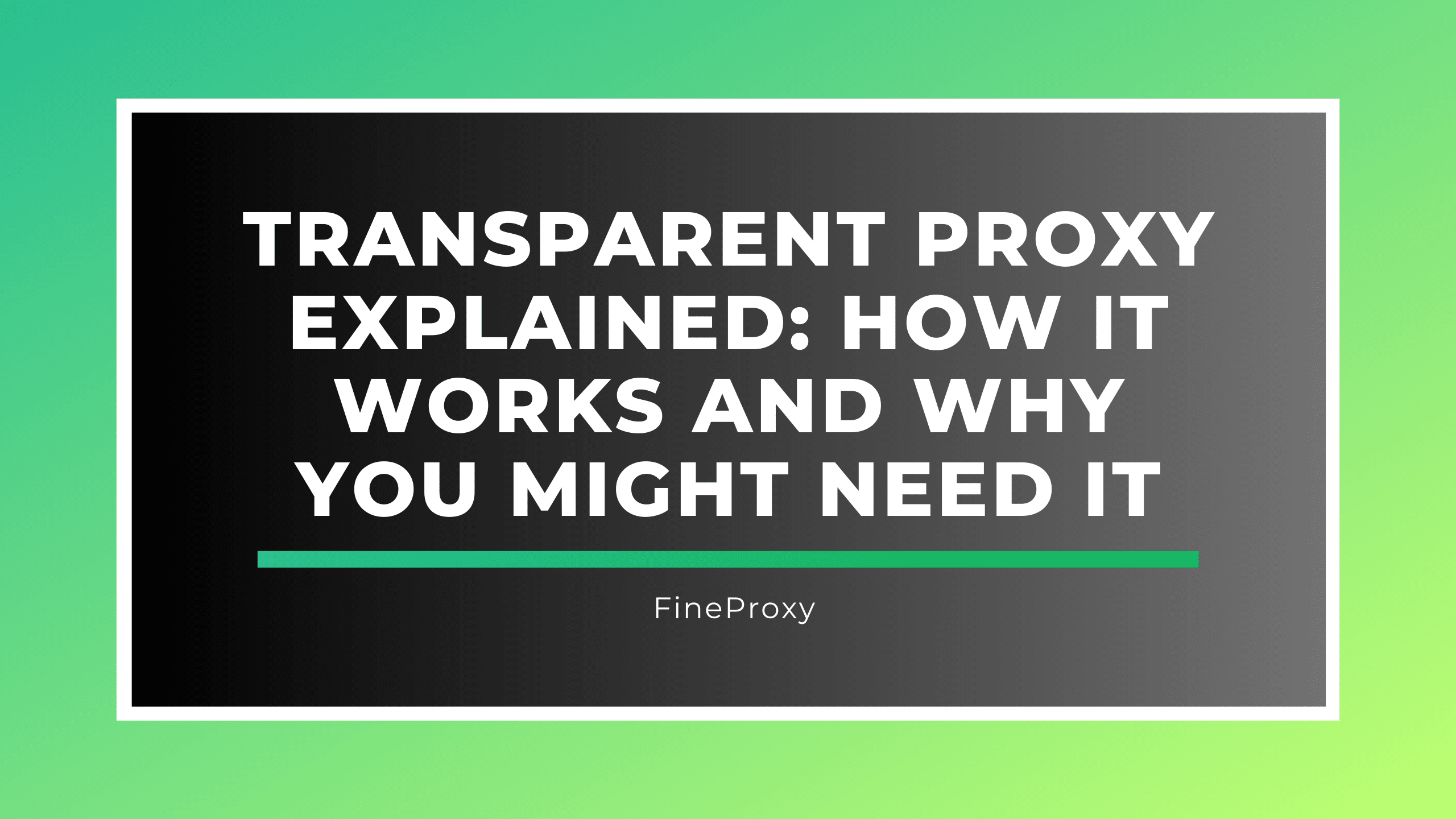
A transparent proxy stands as an invisible gateway between you and the internet, handling your web requests without your direct knowledge. This article delves into the concept of transparent proxies, discussing their functionality, applications, and the potential implications for users and organizations.

Understanding Transparent Proxies
A transparent proxy, often deployed by internet service providers (ISPs) and organizations, intercepts web traffic without requiring manual configuration by the user. This invisibility to the user is what earns it the “transparent” label. Despite its hidden nature, understanding its operation is crucial for both users and network administrators.
Key Functions and Benefits
- Seamless User Experience: Users benefit from a seamless internet experience, as the proxy operates without needing any setup on their part.
- Efficient Content Delivery: By caching frequently accessed content, transparent proxies reduce bandwidth usage and accelerate content delivery.
- Enhanced Security Measures: These proxies play a critical role in monitoring and filtering web traffic, aiding in the detection and prevention of security threats.
How It Operates
At its core, a transparent proxy acts as an intermediary that forwards requests from clients to the internet, while also having the capability to enforce policies, filter content, and cache data. This process involves routing client requests through the proxy server, which then communicates with the internet on behalf of the client.

Applications of Transparent Proxies
Content Filtering and Censorship
Organizations utilize transparent proxies to enforce internet usage policies or to comply with regulatory requirements. This includes blocking access to certain websites or filtering out inappropriate content.
Caching Mechanisms
One of the most significant advantages is the ability to cache web content. This means that if multiple users access the same web page, the proxy can deliver the content from its cache, reducing load times and conserving bandwidth.
Security and Surveillance
Transparent proxies are pivotal in identifying malicious traffic and potential threats. They allow for the inspection of incoming and outgoing data, offering a layer of protection against cyber threats.
The Flip Side: Privacy Concerns and Security Risks
While transparent proxies offer several benefits, they also raise privacy and security concerns. The ability of these proxies to monitor and log web traffic without explicit consent from users poses privacy issues. Additionally, the modification of web traffic by the proxy could potentially introduce security vulnerabilities.
In Conclusion

Transparent proxies serve as a crucial component in the infrastructure of modern networks, offering benefits in terms of content delivery, security, and policy enforcement. However, it’s essential for users and organizations to weigh these benefits against the potential privacy concerns and security risks involved.
Understanding the workings and implications of transparent proxies is vital in navigating the complexities of internet usage and security in today’s digital landscape. Whether for improving web performance, enforcing policies, or enhancing security, transparent proxies play an integral role in the efficient and safe use of the internet.





